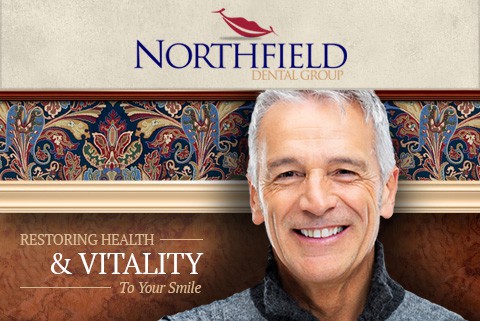 No one likes chipped, yellowed, crooked or otherwise imperfect teeth. The good news is that there are several cosmetic dental treatments available to treat small yet noticeable cosmetic blemishes in one’s smile. At Northfield Dental Group, our dentists can conceal stains, cracks, small gaps between teeth, chips and other minor cosmetic problems with porcelain veneers and dental bonding. Here, we discuss the differences between the two cosmetic dental treatments.
No one likes chipped, yellowed, crooked or otherwise imperfect teeth. The good news is that there are several cosmetic dental treatments available to treat small yet noticeable cosmetic blemishes in one’s smile. At Northfield Dental Group, our dentists can conceal stains, cracks, small gaps between teeth, chips and other minor cosmetic problems with porcelain veneers and dental bonding. Here, we discuss the differences between the two cosmetic dental treatments.
What Porcelain Veneers and Dental Bonding Treat
Porcelain veneers and dental bonding address the same cosmetic issues. Both treatments can be used to hide stains, discoloration, worn tooth enamel, chips and cracks. They can also enhance the uniformity of teeth by treating unevenly sized or shaped teeth or small gaps and spaces between teeth.
About Porcelain Veneers
Porcelain veneers are thin shells of porcelain that are slipped over the front surface of teeth. The process of creating and placing veneers typically takes two dental appointments. During the first appointment, a small amount of tooth structure will be removed to accommodate the veneers. Impressions will be taken, which will then be sent to the dental laboratory that crafts the veneers. Temporary veneers may be placed on the teeth while the permanent ones are being made. Once the permanent veneers are ready (typically two weeks after the first appointment), they will be placed on the teeth and bonded into place.
Thanks to the translucent quality of porcelain, veneers look highly natural. With good oral hygiene and care, veneers can last 10 to 15 years.
About Dental Bonding
Dental bonding involves applying to the teeth a putty-like material called composite resin. The resin material is sculpted to the desired shape and size. It’s then bonded into place using an ultraviolet light.
The main advantage that dental bonding has over porcelain veneers is convenience. The entire dental bonding process can be completed in a single dental appointment. There is no need for messy impressions, uncomfortable temporary veneers or extensive wait time with dental bonding. Unlike veneers, treatment with dental bonding is reversible because no tooth structure is removed. Dental bonding is also more cost effective than veneers. However, composite resin is more porous than porcelain and as a result, is more susceptible to damage. Results with dental bonding typically last five to seven years.
Which One Is Right for You?
Ultimately, the best treatment for you depends on your unique case. The dentists at Northfield Dental Group can examine your teeth and evaluate your concerns, goals and preferences to recommend an appropriate treatment for you.
To schedule a personal consultation with one of our West Orange dentists, please call (973) 736-0111 today.




 Our Practice
Our Practice Our Doctors
Our Doctors Blog
Blog Special Offers
Special Offers Financing
Financing Testimonials
Testimonials